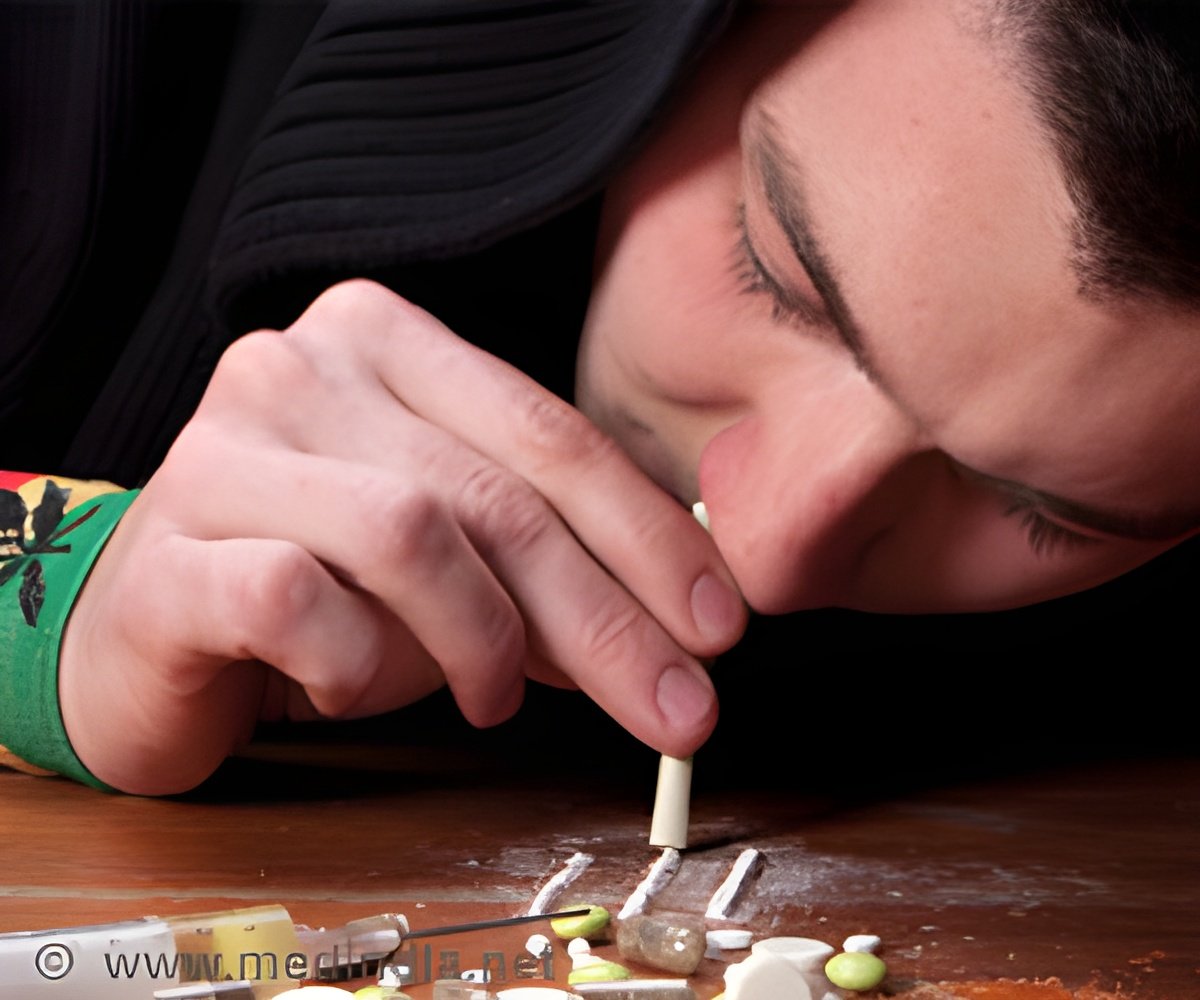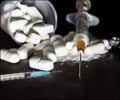High levels of hypocretin molecule in the brain may contribute to cocaine addiction, say researchers at The Scripps Research Institute (TSRI).

Cocaine addiction affects millions of people worldwide. In rat models of cocaine addiction researchers blocked "The results of this study would suggest that the hypocretin system could be considered a pharmacological target, with the hopes that such a medication could be used in combination with cognitive behavioral therapies," added Schmeichel.
What Fuels Addiction?
Addiction seems like a simple concept--taking a drug motivates a person to continue to take that drug.
But the molecular mechanisms in the brain that drive addiction are more complex. To design treatments for addiction and relapse, scientists need to understand what motivates a person to transition from occasional drug use to compulsive drug use.
In the new study, the researchers, led by Schmeichel, focused on changes in the central amygdala, a brain region associated with stress and negative emotions during drug withdrawal.
Advertisement
For the study, one group of rats was given the option to self-administer cocaine for one hour a day, mimicking conditions of short-term, occasional drug use. A second group had the option to self-administer cocaine for six hours a day, which mimicked the conditions that lead to compulsive drug use and addiction.
Advertisement
Specifically, compulsive cocaine use leads to increased hypocretin, which contributes to overactivity in the central amygdala. This overactivity corresponds with an anxiety-like state in rat models that appears to help maintain the motivation to continue to seek the drug.
"The rats escalate their daily intake as many human users would," said Roberto.
Interestingly, giving the rats an "antagonist" to block HCRT activity at one of the two HCRT receptors in the central amygdala helped reduce their drug-seeking behavior, suggesting a potential role for these compounds in treatments for addiction and relapse.
Source-Eurekalert












